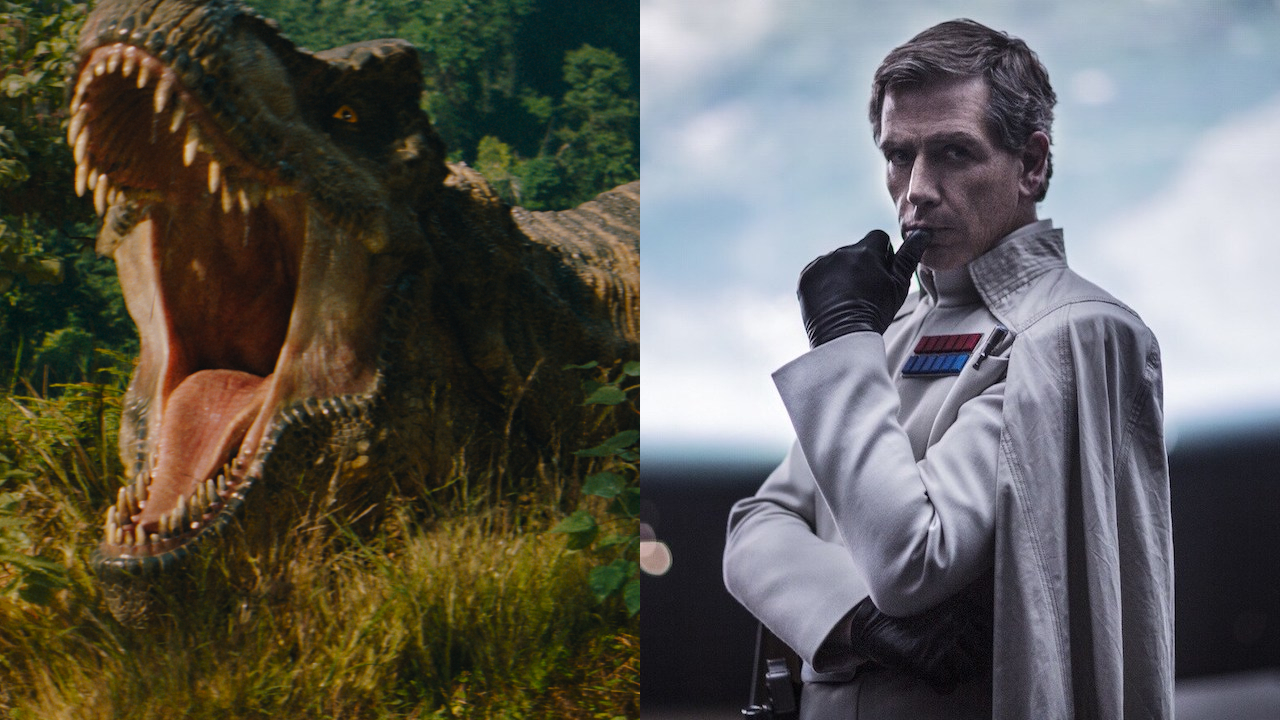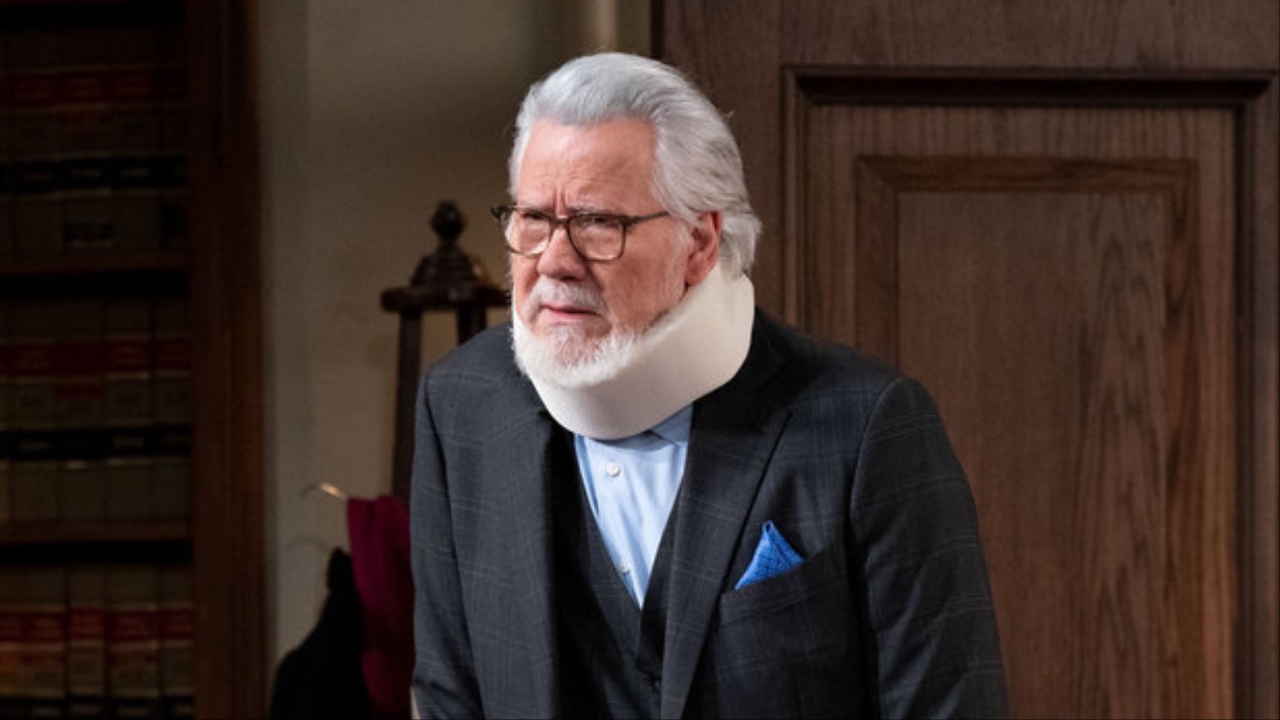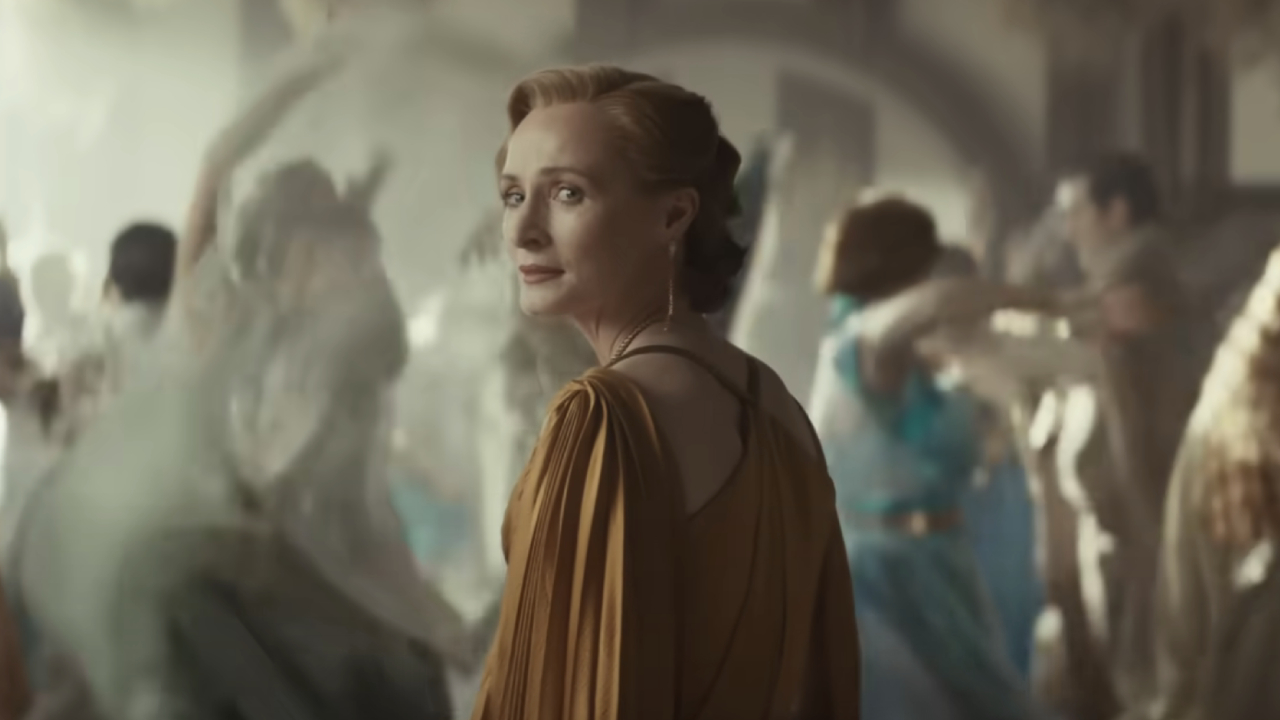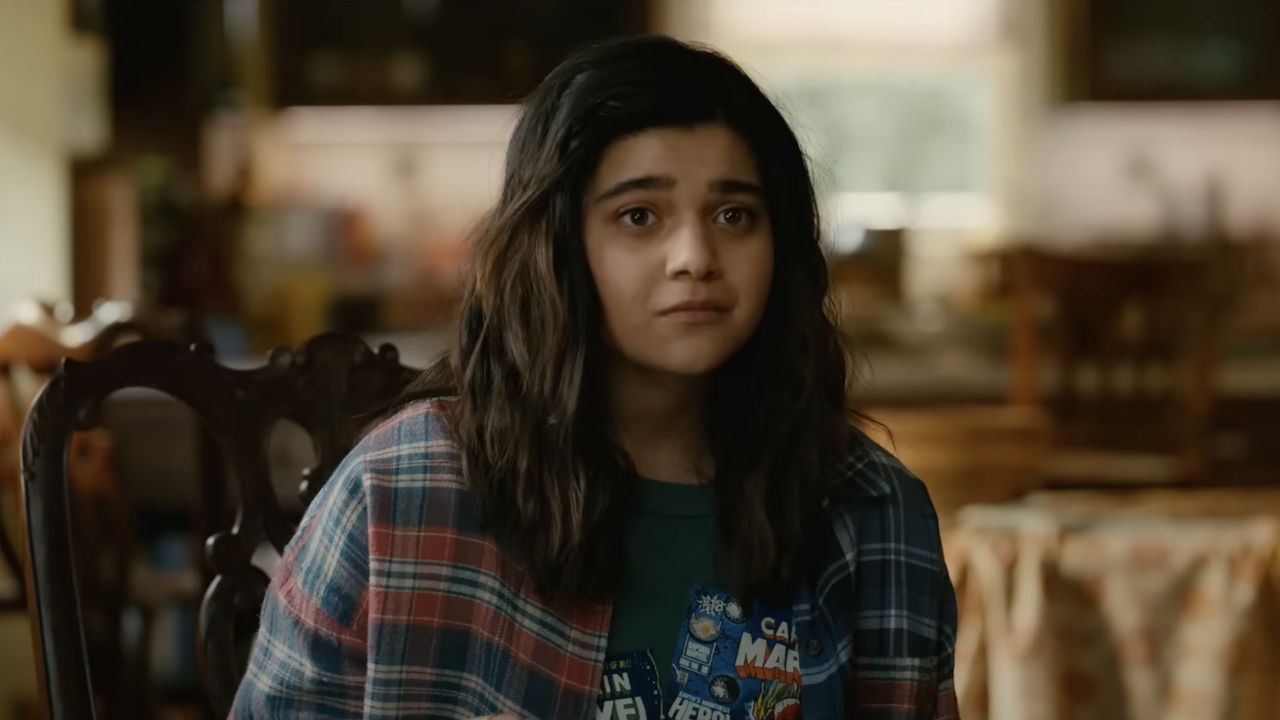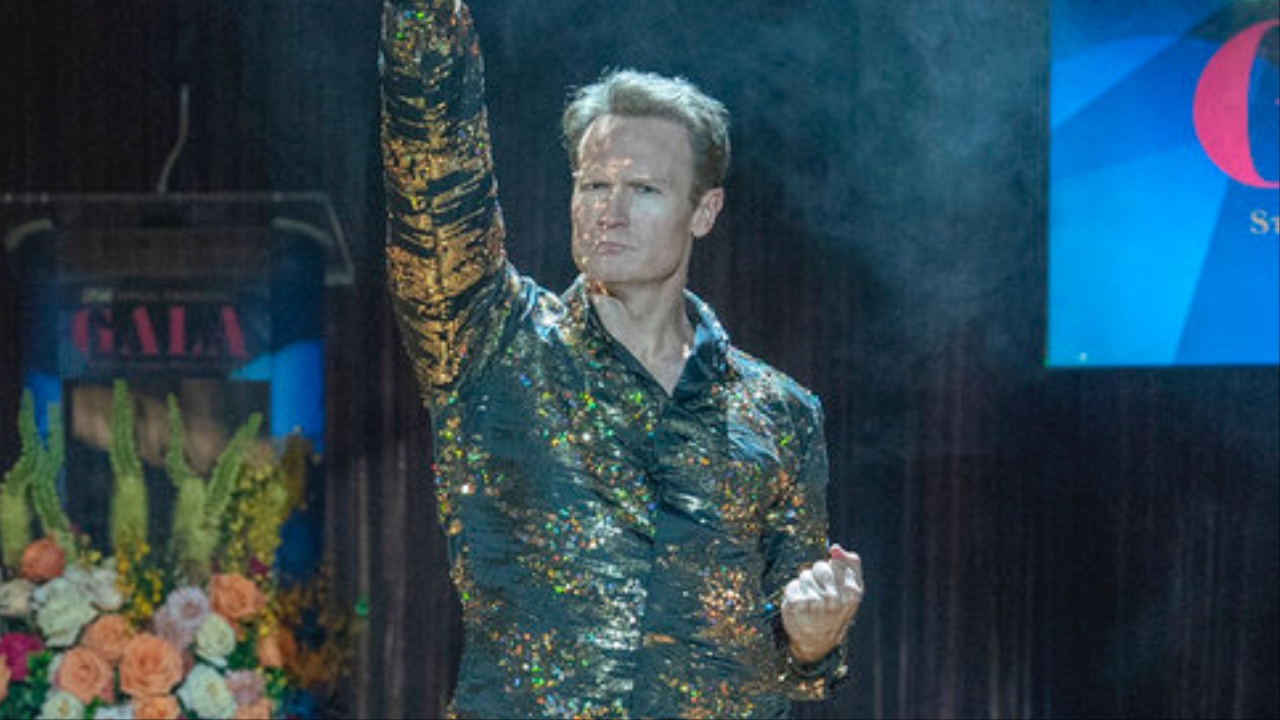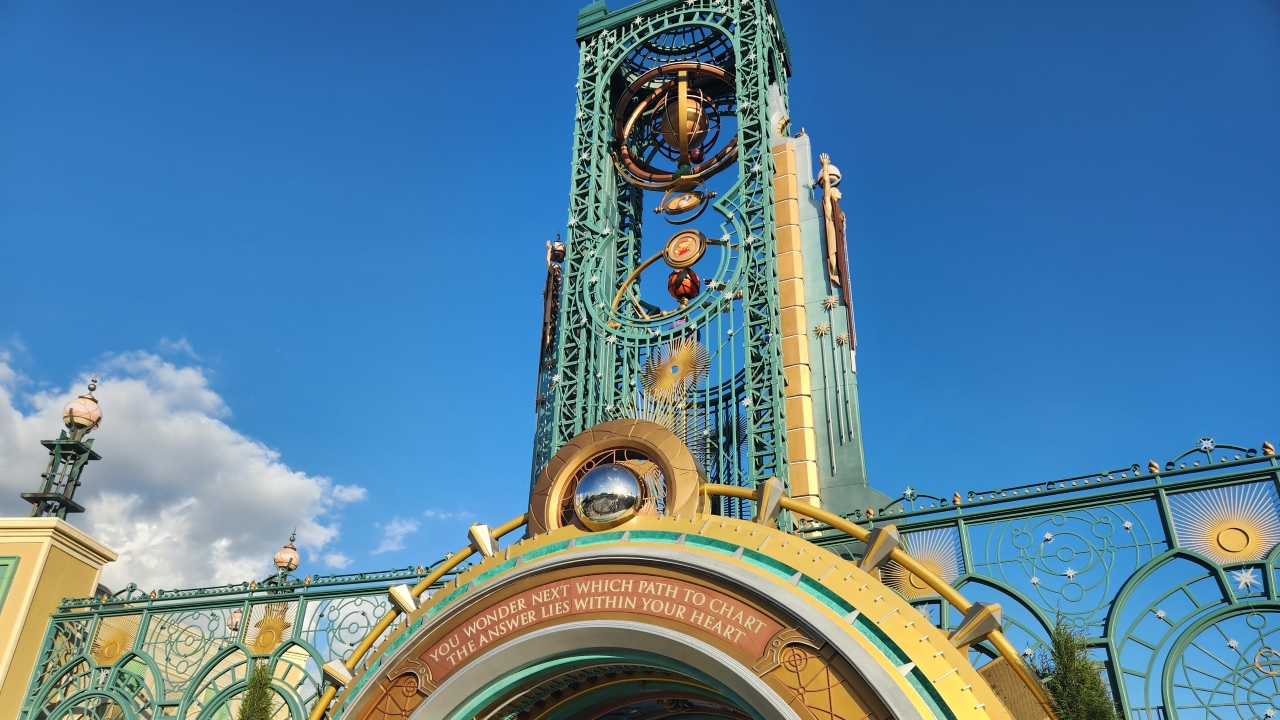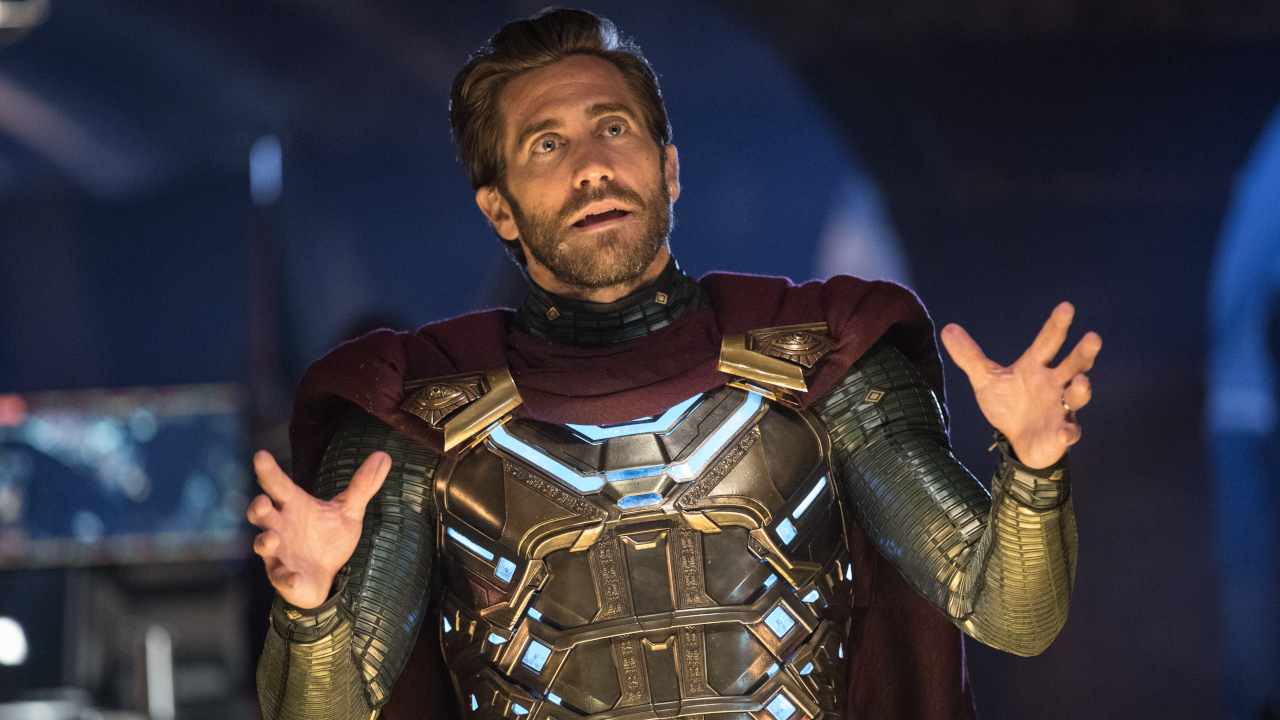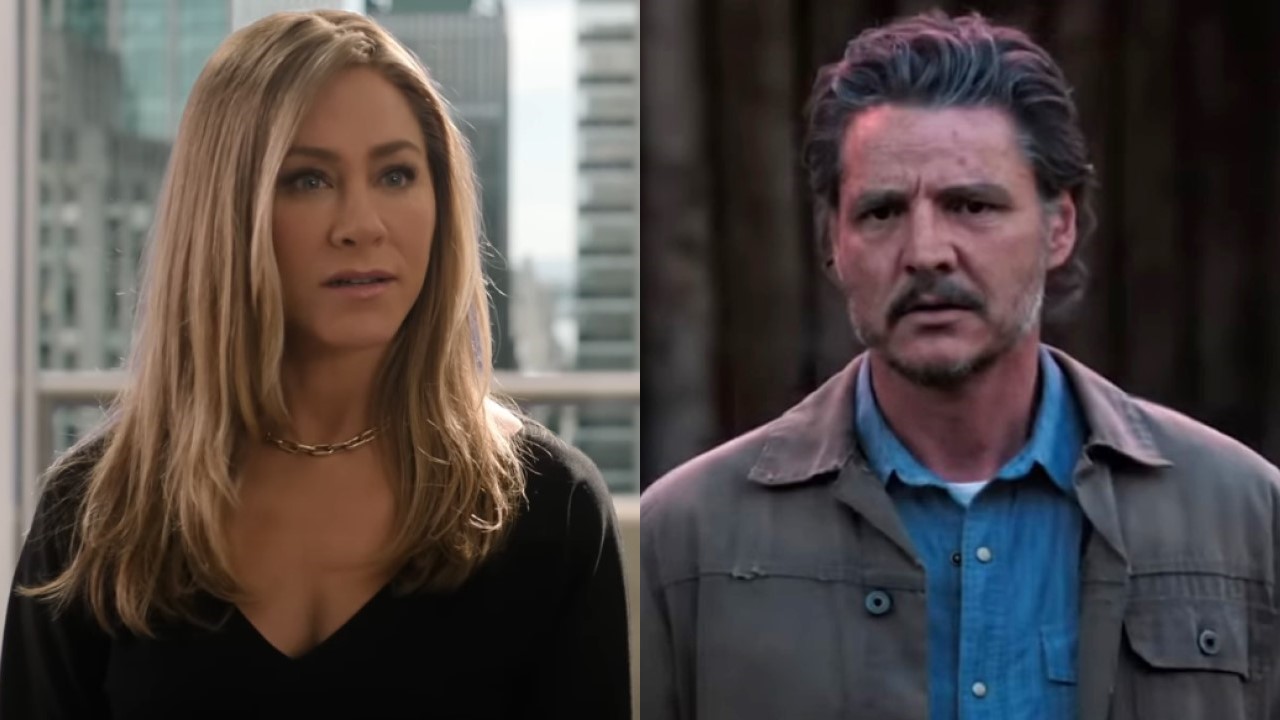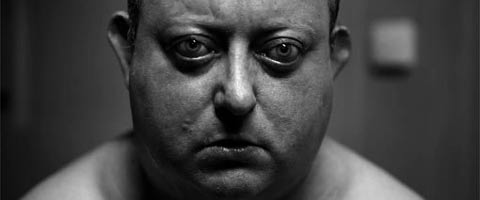
The title of this weekend's big sequel tells you everything about how its director is upping the stakes: The Human Centipede 2: Full Sequence tells you that if you were horrified by the doings in the first movie, this time they're showing you the full deal, so you'd better be prepared. But of course, Tom Six isn't the first director to try and make his sequel grosser, bigger, crazier or plain weirder than the first movie in an attempt to get people to buy tickets again. Even when you get good sequels like The Dark Knight or The Godfather Part II, they're giving you more than you got the first time around; it's not as garish to promote an intricate back story with Don Corleone, but it's the same basic premise as offering a six-person human centipede instead of just three.
With bigger budgets, casts and ambitions, sequels often try and outdo the originals--but how often does it work out, and how often is it just too much? Below are six sequels that tried to go above and beyond what their original films did, with some thoughts about how it affected the movie, the box office and what the audiences got out of it. Sure, Hollywood usually thinks it's always better to go bigger-- but some of these movies learned the hard way that it's not exactly true.
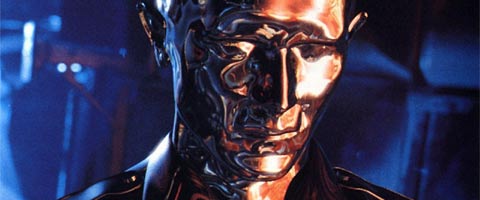
Terminator 2: Judgment Day
Forget “King of the World.” James Cameron officially earns the title “King of Massive Sequels.” After ramping up Ridley Scott’s horrifying tension and pulse-pounding thrills in the action-packed Aliens, Cameron unleashed his relentless imagination on his own Terminator premise and delivered one of the few sequels that builds (and builds) on its original mythology while also breaking incredible ground in the realm of digital technology and special effects.
It was so simple, really. For 1991's T2, Cameron just flipped his script. Arnold Schwarzenegger’s T-800 returns to modern-day Los Angeles but this time as Sarah Connor’s savior, tasked with preventing a new assassin – the T-1000 (Robert Patrick) – from completing the job Arnie’s robot couldn’t complete in 1984. But the seven-year layoff between installments allowed Cameron and the wizards at Industrial Light & Magic to perfect some breathtaking special effects, particularly when it came to the T-1000’s seemingly indestructible liquid-metal skin. T2 amplified the dangerous set pieces, improved on its explosive effects, introduced exciting new characters, found clever ways to re-use its original protagonists, and even found a way to tie into the first story by bringing back Schwarzenegger’s severed robot arm. Cameron’s so good at sequels, he even has me excited for Avatar parts two and three … if they ever open.
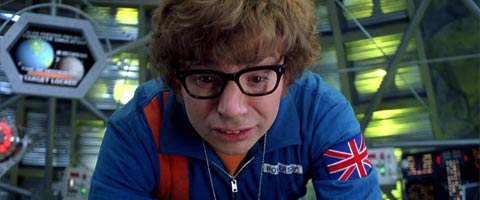
Austin Powers: The Spy Who Shagged Me
The first Austin Powers movie was the definition of a sleeper DVD success, virtually ignored when it was in theaters but picking up a cult following from lots and lots of people trekking over to Blockbuster and renting it over and over again. It was fun because it was so under the radar-- you knew you had found your people when you mentioned sharks with frickin' laser beams on them or asked, "Who throws a shoe, honestly?" When it came time for the sequel, Austin Powers was well on his way to becoming a household name, and with a budget to go with it, director Jay Roach and star Mike Myers decided the way to keep things funny was to make everything, everything possible, a whole lot bigger. Meyers played two roles the first time, so this time he played three.
CINEMABLEND NEWSLETTER
Your Daily Blend of Entertainment News
There were only a few dozen double entendres first time, so for the sequel we got characters named Felicity Shagwell, Ivana Humpalot and Robin Swallows. And because they were now a cultural icon, they got to make a fun of another huge one, making Dr. Evil's lair a giant Starbucks-- I promise, it was a very topical joke in 1999. It all paid off money-wise, as The Spy Who Shagged Me made almost four times as much at the box office as International Man of Mystery. But was it better? I guess it depends on how well you think the Starbucks and Jerry Springer jokes hold up.
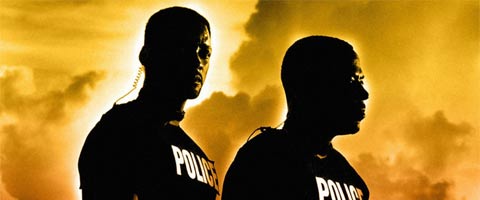
Bad Boys II
Michael Bay's career exists entirely to be bigger, bolder and badder. Bad Boys is his first feature film, without question his smallest and, even if forgettable, not all that bad. Will Smith and Martin Lawrence have pretty good chemistry, and the movie showed it was at least superficially interested in having characters, not just slick action set-pieces. The sequel, however, has no interest in being small. Bay and Jerry Bruckheimer knew they were betting on a sure thing sequel, but they were also betting with a $130 million dollar budget. And since Bad Boys II cost almost seven times the original and only made double that figure worldwide, the two films walk away with basically exact same take.
Then again, we do get to see an entire Cuban hillside decimated when the Miami policemen go out of their jurisdiction. That's right, the original had international villains where the sequel straight up goes international. Do US Detectives regularly investigate in Cuba? They even went bigger with the banter, but it goes so far that I actually start to think these two 'buddy cops' full on hate each other. It's no longer banter but bickering with lines like "You know what would be fuckin' helpful, Marcus? Just shut the fuck up and let me drive, let's try that!" Oh well, cue the hummers, models, explosions and slow-pans.
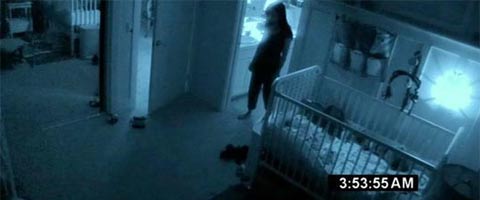
The first Paranormal Activity was a labor of love made for fifteen thousand dollars that miraculously grossed almost two hundred million worldwide. No one involved expected it to be a success, which in a way, is why it worked so well. The horror genre today is often a loud and gory place, but Oren Peli’s original hadn’t the budget to go big. As a result, he went very small, utilizing slow-moving footprints and an overcast of creepy curiosity to build suspense and echo earlier masterpieces. Obviously, audiences responded, but when it came time to shoot the sequel, this created quite a conundrum.
The budget was going to be bigger. That was never a question, but how big can you go without betraying the original’s gritty feel? New director Tod Williams was ultimately given just a few million dollars, and he used every bit of it wisely. Wrapping around the first film in a combination prequel/ sequel, Paranormal Activity 2 went just the right amount further. Instead of a grown woman being tormented, it was a baby. Instead of one camera, it was several installed throughout the house. Throw a dog into the mix, and the added busyness was just enough to offset some of the first one’s pacing problems without feeling like an entry into a different series. Job well done.
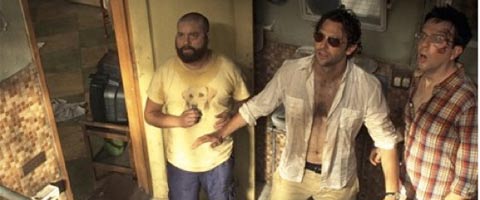
The Hangover Part II
The Hangover made a lot of money by setting up an easy, interesting story suited to multiple demographics. Friends lose friend during a drunken night. Friends must retrace steps to ascertain where friend might be. A million tiny obstacles occur, including a few that asked audiences to suspend a little disbelief. Hey, it’s alright to believe in a tiger in the bathroom as long as it’s Mike Tyson’s tiger. In theory, when Todd Phillips decided to shoot The Hangover Part II, the film had everything going for it. The main cast was back, they were moving to a larger, grittier, and far more foreign environment, and they were working with a format audiences liked.
In Phillips’ mind, to go harder is to go grosser and more outrageous, but not necessarily to deviate from the original premise. That escalated sameness could have worked had he avoided introducing cheap gags and betraying the essence of his characters. Instead, the sequel started going south with the monkey and continued until it hit rock bottom with the corruption of Stu’s (Ed Helms) soon-to-be-married character sleeping with a male prostitute. Even extra time with Chow was just too much of strange thing. The Hangover II still made plenty at the box office, but like a mother telling her child to value his deadbeat dad, it lost more than a little respect.
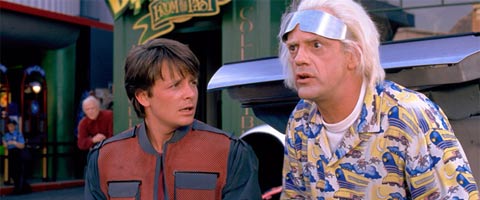
Back To The Future: Part II
As complex as the concept of time travel may be, Robert Zemeckis’ Back to the Future actually has a pretty straight-forward narrative: Marty (Michael J. Fox) travels back in time to 1955 using Doc’s DeLorean, figures out that he needs to make sure his parents get together at the Under The Sea dance, and then travels back when he’s set everything right. The sequel, however, decides to throw simple out the window. Not only does Marty actually go back to 1955, but he also travels to the distant future of 2015 and even experiences an alternate present that has been changed by Biff. But it’s not just about the number of times our hero climbs into his sweet, sweet car and goes to a different era.
Zemeckis and co-writer Bob Gale actually go about creating their own version of a technology-filled future, jam packed with power laces, Jaws 19 (directed by Max Spielberg) and hydrators that can cook a pizza in under five seconds. In the grand scheme of things Back to the Future: Part II is still pretty simple for a movie about time travel, but compared to the first film it might as well be Primer. While the movie isn’t as good as the original (albeit it’s typically not fair to rank films against Back to the Future), it’s still one of the better sequels we’ve ever seen.
